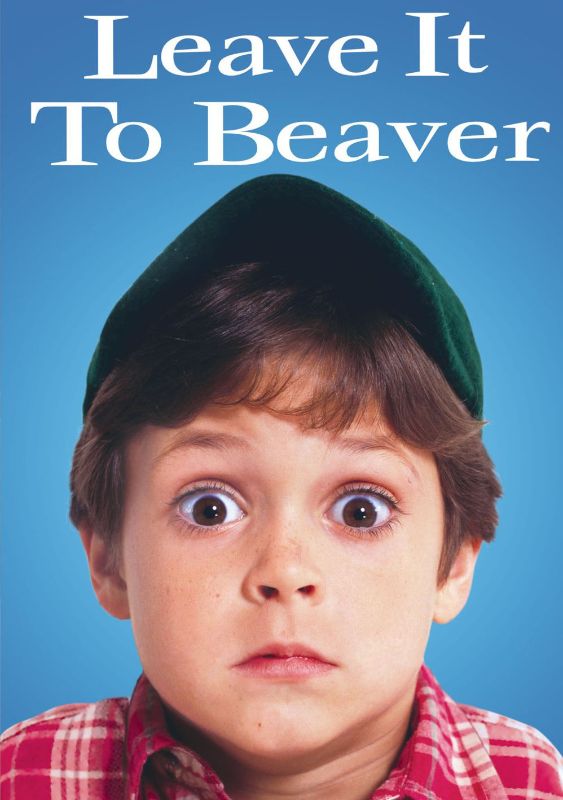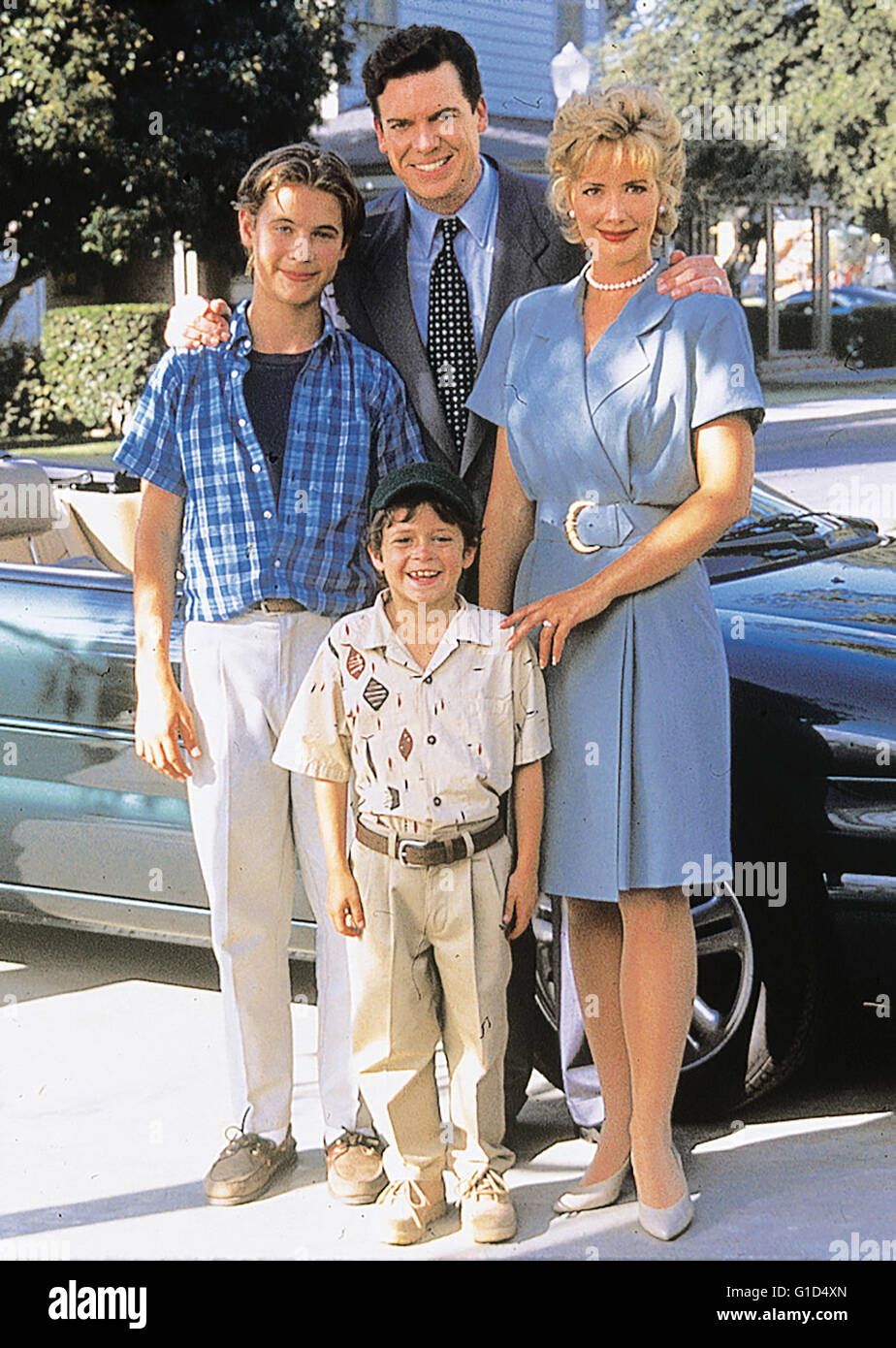Could a seemingly simple sitcom from the late 1950s and early 1960s, a show about a boy named Beaver Cleaver, actually be a repository of hidden meanings and subtle symbolism?
The phrase Leave it to Beaver has become a shorthand for an idealized, often unrealistic, portrayal of American suburban life. The show, with its squeaky-clean image and focus on family values, continues to resonate with audiences, but beneath the surface lies a deeper, more complex narrative than many might suspect. Leave It to Beaver was not merely a reflection of its time; it was a carefully constructed tapestry of themes and motifs that resonate with surprising depth, particularly when considering the show's seemingly innocuous premise. The show's staying power also wasn't hurt by its owners tenacity in aggressively syndicating and marketing the show on broadcast stations long before the cable-fueled revival of black-and-white television.
The show's origins can be traced back to its initial broadcast on CBS on October 4, 1957. While the network dropped it after only one season, ABC recognized its potential and picked it up, airing it for another five years, from October 2, 1958, to June 20, 1963. This longevity speaks to the show's enduring appeal, its ability to tap into a collective yearning for simpler times, even as it subtly challenged some of the prevailing norms of its era. The show, starring Barbara Billingsley, Hugh Beaumont, Tony Dow, and Jerry Mathers, offered a glimpse into a world that was both familiar and aspirational for many American families. The very name, Leave It to Beaver, evokes a sense of trust and reliability, of a world where problems could be solved with a little guidance and a dose of common sense.
The show's impact extends beyond mere nostalgia. Leave It to Beaver provided a template for countless family sitcoms that followed, setting the standard for the genre. Along with Father Knows Best, The Donna Reed Show, and Ozzie and Harriet, Leave It to Beaver portrayed the trials and tribulations of everyday life in an American suburb. However, what set Leave It to Beaver apart was its keen observation of childhood and its ability to capture the nuances of familial relationships. Each episode, in its own way, was a microcosm of the human experience, exploring themes of identity, responsibility, and the ever-present struggle to navigate the complexities of growing up.
Delving into the symbolism, the word cackerel – a small, seemingly worthless Mediterranean fish considered poisonous by the ancients – is a key example. This aquatic reference is evident, suggesting that the seemingly random elements in the show's making are, in fact, meticulously planned. It is, in essence, a clue, hidden in plain sight, that invites the viewer to look beyond the surface and discover the deeper meanings embedded within the show's narrative. Jerry Mathers and Tony Dow, like many child actors, were subject to the realities of a demanding industry, yet they remained symbols of the values of an American family, a fact that contributed to their enduring appeal.
The enduring legacy of Leave It to Beaver is in its ability to represent the ideals of that time but also, to be open to being viewed in different ways. It is this combination of accessibility and hidden depth that has allowed the show to transcend its era and continue to captivate audiences today, even as we, as viewers, change and evolve. The phrase Leave it to Beaver has also taken on a slang meaning of its own, a shorthand for the seemingly flawless American family lifestyle that was prevalent at the time. It is this very duality, the show's ability to be both a reflection of its time and a commentary on it, that has cemented its place in television history.
Here's a table summarizing the main cast members and their impact:
| Actor | Character | Notable Role | Impact and Significance |
|---|---|---|---|
| Jerry Mathers | Theodore Beaver Cleaver | Lead role in Leave It to Beaver | Became a cultural icon as the quintessential American boy. Defined the show's heart and provided a relatable perspective on childhood. |
| Barbara Billingsley | June Cleaver | Mother of the Cleaver family | Represented the ideal mid-century American mother. Her calm demeanor and supportive nature helped to establish the tone of the show and its lasting impact. |
| Hugh Beaumont | Ward Cleaver | Father of the Cleaver family | Played the role of the well-mannered and father, he was the moral compass for his two sons and always brought balance to the show's family dynamics. |
| Tony Dow | Wally Cleaver | Beaver's older brother | Played the role of the elder brother and role model for Beaver. His character was the archetype for the perfect American adolescent, and offered humor and a foil to the trials of younger brother, Beaver. |
Source: Wikipedia - Leave It to Beaver



